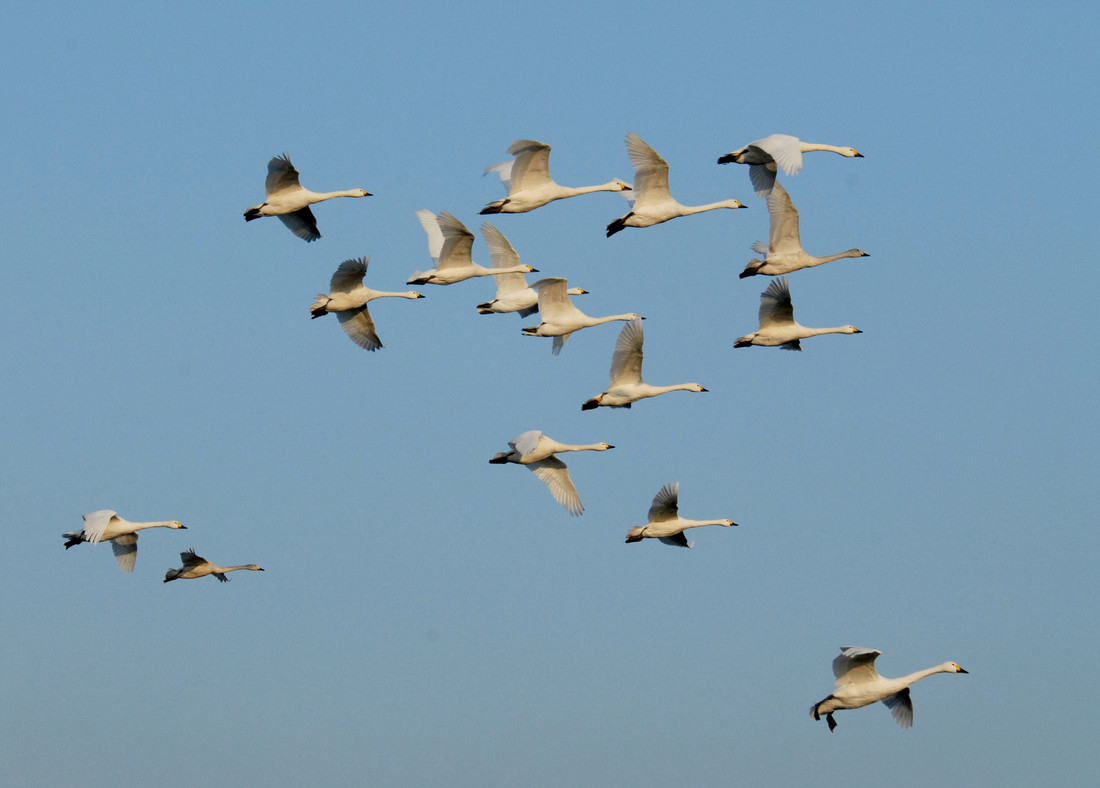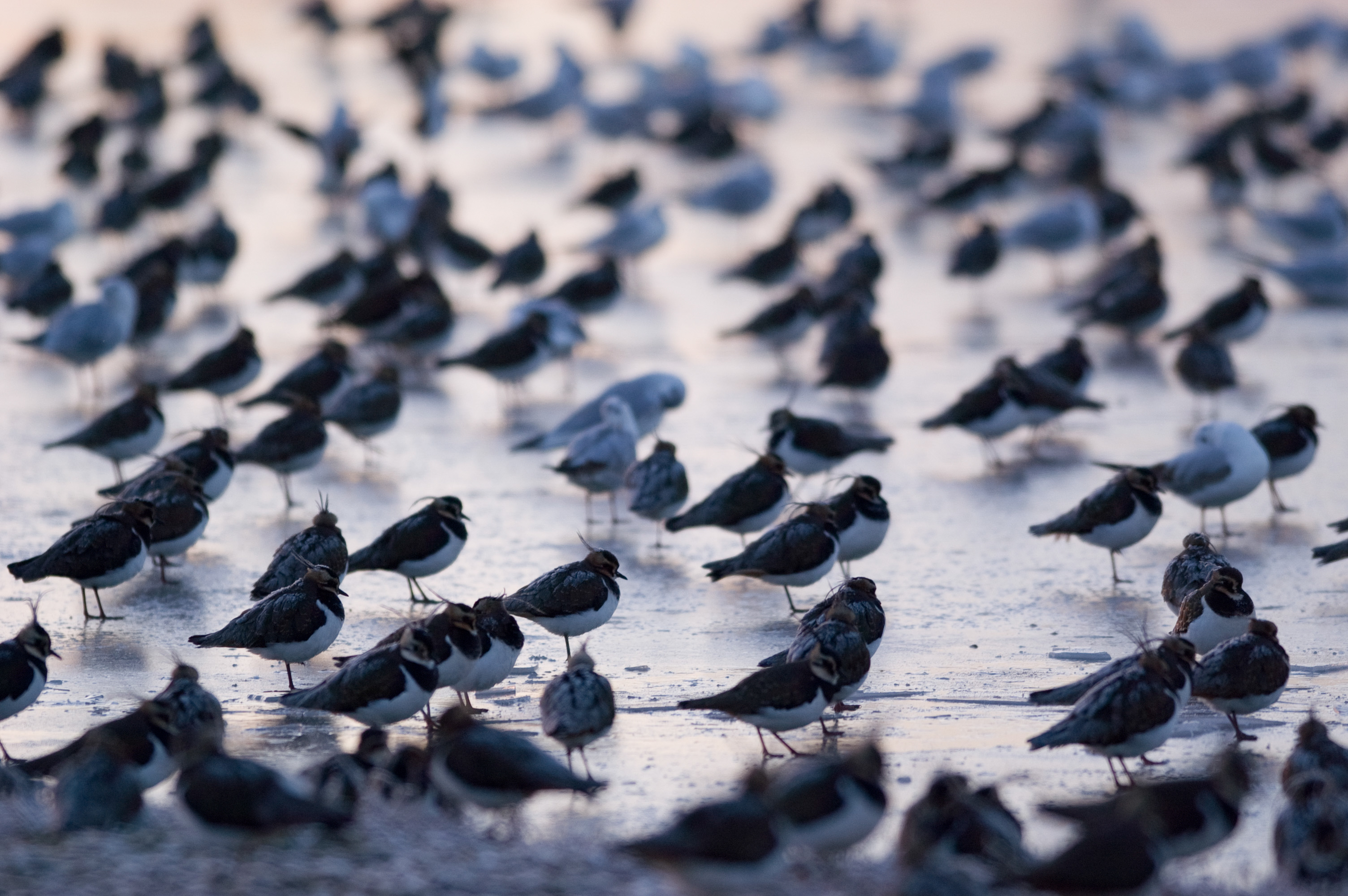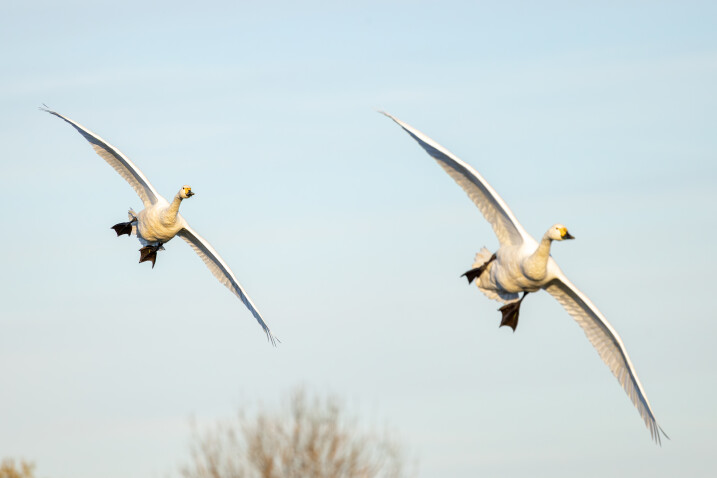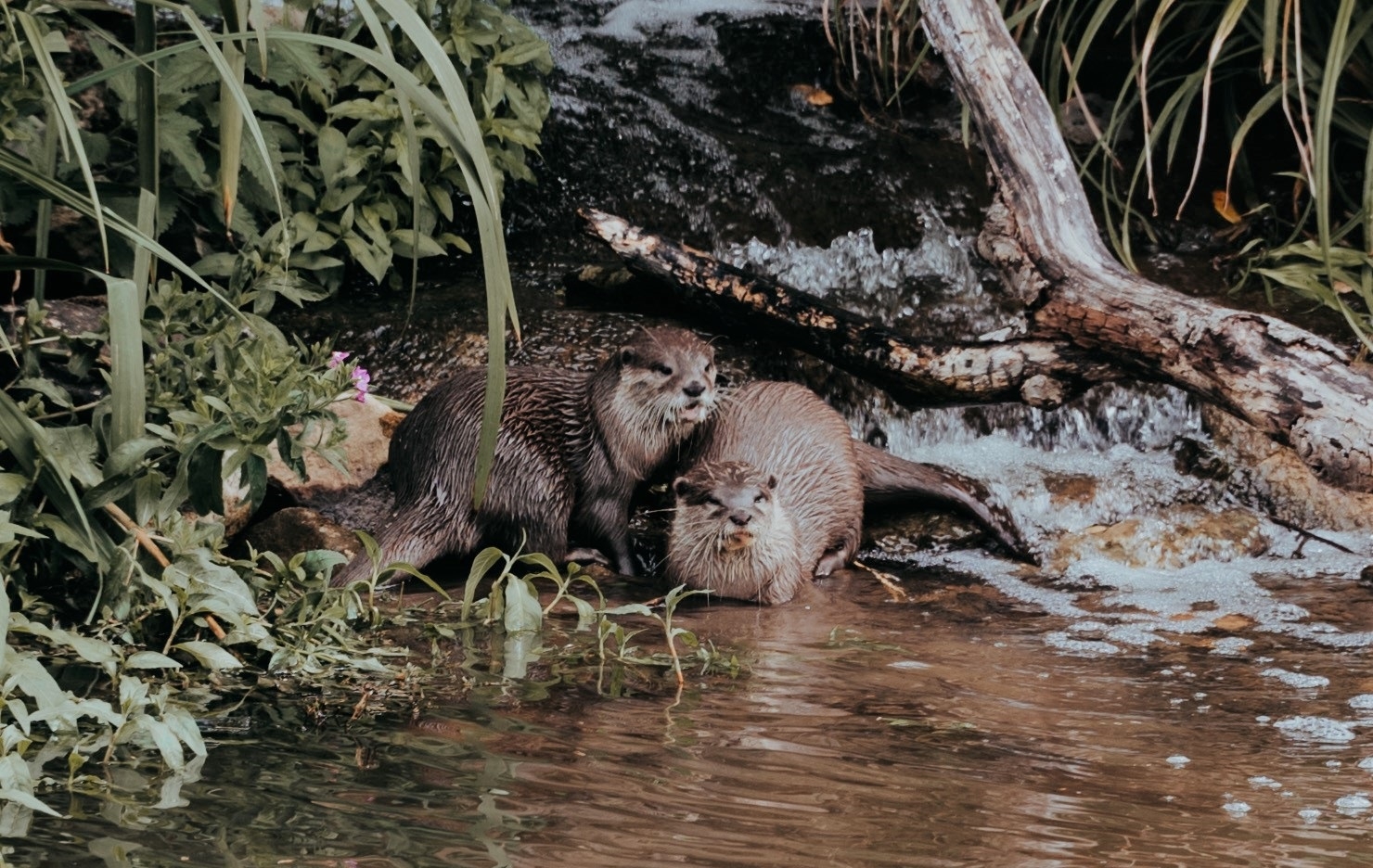Storm Darcy forces Bewick's swans to make a rare migratory U-turn
A flock of Bewick’s swans which had begun their epic migration from Slimbridge Wetland Centre to the Arctic tundra turned back to avoid the latest ‘Beast from the East’.

A flock of Bewick’s swans which had begun their epic migration from Slimbridge Wetland Centre in Gloucestershire to the Arctic tundra have turned back to avoid the latest ‘Beast from the East’.
Conservationists at WWT noted that of 20 birds which had set off purposefully north last week, 12 had reappeared four days later. 11 had previously left from Slimbridge, with one new Bewick’s swan tagging along, which staff have now named Darcy. Every year, Bewick’s swans fly 4000km to the UK to escape the harsh Russian weather and voyage back there in early spring to breed.
They are triggered to leave by the lengthening days but rarely have to abort their journey, a behaviour known as a ‘reverse migration’.
WWT’s Research Officer Kane Brides said:
Arctic migrants like the Bewick’s swan are used to chilly weather and given the extremes of climate they experience, are very adaptable as a result. However freezing conditions reduce food availability and blizzards reduce visibility for migration. With the easterly wind direction against them for their onwards migration to Russia, they are very sensible to sit this out! The Bewick’s swans at Slimbridge are lucky they have a comfortable B&B to shelter at until the cold weather period passes. The Slimbridge reserve is perfectly maintained so that the habitat is just right for the visiting swans. They are fed three times a day by the reserve warden staff who also ensure that they are kept safe over the winter.
Last week there were 79 Bewick’s at Slimbridge and by Monday they were down to 59. By chance we received a tweet from a member of the public to say they spotted a flock of 18 Bewick’s in Northants. On receiving more images from the observer, the team managed to identify two Slimbridge Bewick’s in the flock 'Flight Sabre and 'Monsilver'. By Tuesday the reserve was back up to 71 Bewick’s and by Wednesday both Flight Sabre and Monsilver had returned too!
The Slimbridge Bewick’s swans are the subject of one of the most intensive wildlife studies in the world. WWT’s expert researchers can identify each individual swan by the unique pattern of yellow and black on its beak.
Started by WWT’s founder Sir Peter Scott, the study has been running continuously for over 50 years and has recorded the life histories of nearly 10,000 swans during that time.
Since the early sixties, WWT has expanded its swan research over the decades and linked up with researchers throughout the migratory swans’ range in northern Europe and Russia. Together they have managed to secure international protection for a chain of wetlands along the way that are vital for the swans to feed and rest.
The number of Northwest European Bewick’s swans has dropped by a third in recent years and there are less than 21,000 left. Bewick’s swans are endangered in Europe and protected from hunting by law in every country they fly through.
Despite this, a third of live birds caught and x-rayed by researchers are found to be carrying shotgun pellets. WWT is working with scientists, hunters, indigenous groups and young people to help protect the birds from illegal hunting across their migratory path.
Image credit: James Lees/ WWT



